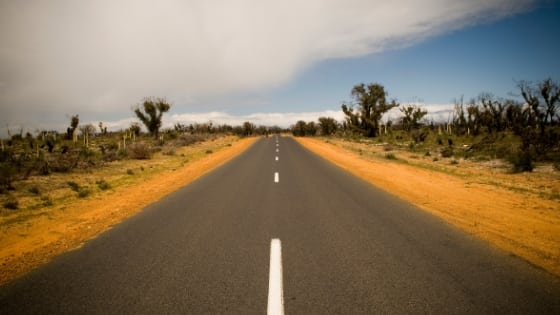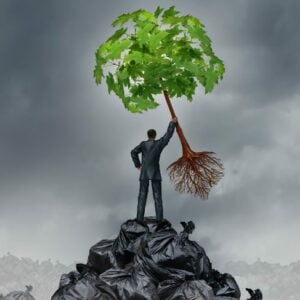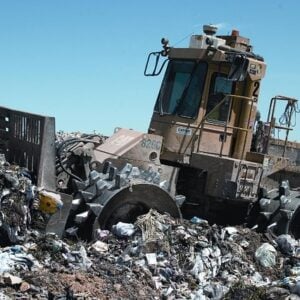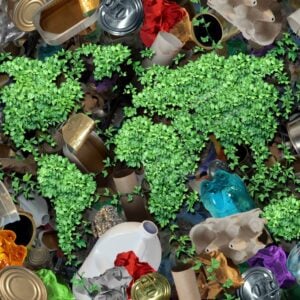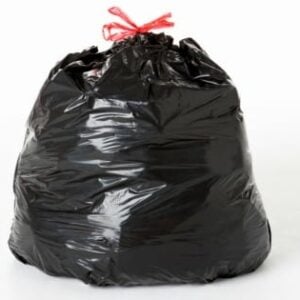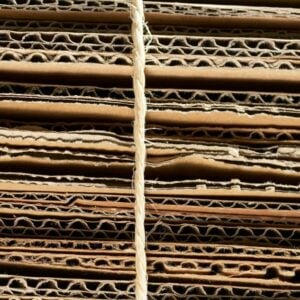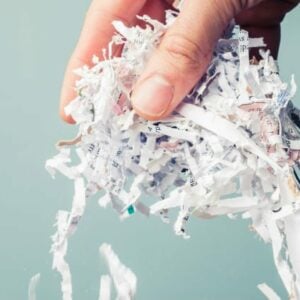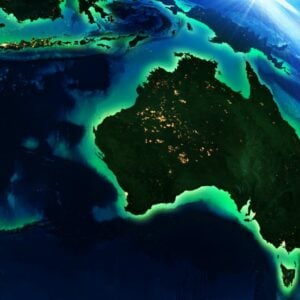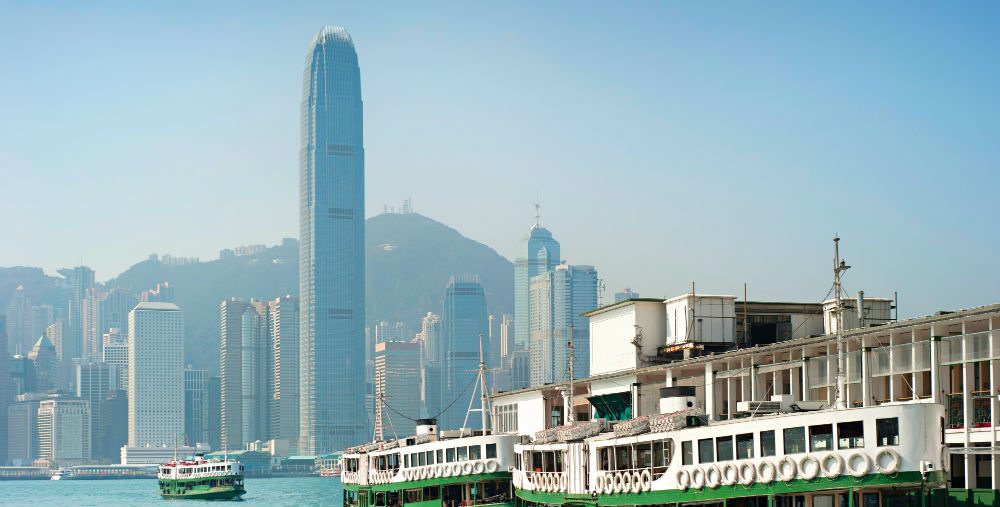
Landfill Sydney: The Future Of Landfill In Australia? 🚯
Landfill Sydney 🚯: Clearly, Australia continues to become more and more urbanised every year. The latest figures indicate that all the mainland states have an urbanisation rate of c.90%. Got you curious? Well, you can see for yourself with detailed numbers here.
For a listing of transfer centres and Sydney landfill locations near you, visit our blog on tips near me.
>>Download Now: Free PDF Business Owners Guide To General Waste Bin Services
One of the issues this creates is that even though we have a growing population. We are living in very small pockets of our vast country. This creates serious issues for landfill availability such as free Sydney landfill sites and potential sites.

Australia is classified by any measure as one of the most urbanised societies on earth, which is amazing when you consider the sheer size of Australia and the beautiful countryside we have to enjoy! This, of course, means that free landfill Sydney space is at a premium.
In some ways, a small island like Hong Kong could not seem any more different to us and our situation. However, when it comes to the future of Sydney landfill sites and the lack of free Sydney landfill sites available, it may be a very good predictor.
A bit about how Waster can help you with landfill Sydney services
Waster offers small and medium Australian businesses a real alternative in waste and recycling services and ensures you save money on landfill Sydney disposal. Check out our bin options and prices in our online shop today. Be confident with our flexible 30-day agreements!
Whilst we have a real focus on recycling and seek to avoid dumping at Sydney landfill locations whenever possible, we also provide general waste services when there is not a viable recycling service.
Of course, with modern Sydney landfill locations and facilities which practise innovations such as flaring, gas capture and electricity generation, in some ways, Sydney landfill sites may not be that bad. We even covered in a blog how landfill Sydney innovations could see them becoming recognised as the power stations for cities of the future!
Landfill Sydney: does the example of Hong Kong indicate the future of Australian landfill?
The BBC Future website recently covered the major problems facing waste services in Hong Kong (such as no free Sydney landfill locations in Australia(. We quote from the article below:
“Hong Kong may be clean on the surface, but its public services are straining to keep a lid on its rubbish. Despite attempts to clean up its act, the region produced 3.7 million tonnes of municipal waste in 2015 – the highest figure for five years. It has already cycled through 13 landfill sites, which are now being repurposed as parks, golf courses, and sportsgrounds, with just three sites remaining open. At this rate, it will only be a matter of a few years before those too begin to overflow. “If Hong Kong continues in this way, we will reach breaking point by 2020,” says Chan – an estimate supported by Hong Kong’s own Environmental Protection Department.”
Very densely populated, Hong Kong has very little room available for new landfills (just like Sydney landfill locations). Due to restrictions on sending recycling commodities to mainland China, the city dumps more in landfill (as they do not have new recycling facilities available yet).
“One big step will be the introduction of a “waste charge”, which would force locals to pay around $0.11 Hong Kong dollars (around £0.01) for each litre of rubbish collected. The new legislation, announced earlier this year, should take effect by 2019, and the South China Morning Post estimates that it amounts to around $33-54 Hong Kong dollars (roughly £3-5) per household, per month.”
Has there been any improvements?
The city is gradually implementing policies that will decrease waste in landfill, but the clock is definitely ticking. Are Australian cities ready for increasing populations in metro areas and limited free landfill space in Sydney?
Check out our related blogs on how long it takes the waste to decompose in rubbish dumps in Sydney. You can also see our blog about waste services in Adelaide – Australia’s greenest city.
Sydney landfill
Watching War On Waste on ABC television last week definitely piqued our interest. It got us thinking about whether dumping organic waste at landfill was actually worse than composting – or even for fruit rotting where it falls on a field (i.e., straight from the tree). Of course, it is easy to see the benefits of recycling for products such as cardboard or commingled recycling (see resource recovery).
Is dumping organic waste in Sydney landfill worse than composting?
On initial inspection, there is no apparent difference from an environmental perspective from dumping at landfill or composting (or any other ways for organic waste solutions i.e., through decomposition). However, science makes it quite different. Recycle.com gives an overview of the science:
“You see, different greenhouse gases have more heat holding capability in the atmosphere. Methane (CH4) can hold 25 times more heat than carbon dioxide (CO2).
“Landfill gas is comprised of roughly 50% CO2 and 50% CH4. The methane is developed due to the anaerobic decomposition – lack of oxygen – that takes place in a landfill. Whereas a compost pile decomposes aerobically – with oxygen – producing mainly CO2. This depends upon the types and ratio of material included in the compost (i.e., food, manure, yard waste), and how often the pile is turned or use of another method of oxygen introduction.”
In general, we should think in this way, as per sustainablog.org:
“Landfill methane is a gas that is produced in a landfill because the things in the landfill undergo anaerobic decomposition. Basically, this means that because municipal solid waste that is buried in a landfill does not receive oxygen, it will produce methane.”
“A compost pile, on the other hand, undergoes aerobic decomposition. Because it is exposed to oxygen, either by turning it or through the use of worms and other living organisms, it produces CO2 (carbon dioxide) instead of methane.”
So there you have it. From a greenhouse gas perspective, composting does tend to be better than landfill. And of course, you also get nice compost from it! See our blog on organic waste in rubbish bins.
See the launch of our new cartoon mascot in the Melbourne rubbish collection. Also, check out our latest blog on how maggots can reduce food waste.
Thoughts
Landfills get a very bad reputation when it comes to organic waste decomposition. It is not plain and simple that they are a terrible solution.
The best new development is using bio-reactors to create biogas from decaying food, and so generate significant amounts of electricity. In Sydney, free landfill space is running short. And so, we need smart approaches.
In the near future, decaying food could represent a very valuable energy source for our cities. It could also make farms and remote properties completely energy self-sufficient. We will see what forms part of a sustainable recycling plan.
You can see a video on how even your own house can create biogas from food waste. When you consider the tonnes of waste produced by both commercial businesses, local councils and households, you realise that many million tonnes of waste per annum will be available to create energy across Australia.
It is questions like these we consider when running a waste management tender.

Rubbish dump Sydney
We all know that dumping at landfill can be extremely expensive, especially in the Sydney metro area due to the landfill levy.
At Waster, we try to promote recycling to our customers for two principal reasons: in Sydney, recycling can be significantly cheaper than dumping general waste, and secondly, of course, it helps the environment.
The issue of how and where we dispose of our rubbish is becoming a bigger and bigger issue due to the prevalence of plastic waste and rising populations.
You can read blogs we did on saving money through waste management such as garbage collection in Sydney and reducing waste.
Rubbish dump Sydney: how long does it take waste to decompose?
As we all know that dumping at rubbish dump Sydney sites and transfer stations is not the best option, we thought it would be interesting to look at how long it takes various items to break down in landfills.
An interesting article on thebalance.com covers the topic, which we quote below:
Plastic waste: “Normally, plastic items can take up to 1000 years to decompose in landfills. But plastic bags we use in our everyday life take 10-1000 years to decompose, while plastic bottles can take 450 years or more.”
Nappies/diapers: “Disposable diapers take approximately 250-500 years to decompose in landfills”
Cans: “Aluminum cans take 80-200 years in landfills to get completely decomposed. “
Glass: “If a glass bottle is thrown away in landfills, it takes million years to decompose. And according to some sources, it doesn’t decompose at all. “
Paper: “It takes 2-6 weeks in landfills to get completely decomposed.”
Food waste: “Normally, an orange peel takes 6 months but an apple core or a banana peel takes around one month to decompose.”
The good thing about the list above is that there are easy and cheap ways to recycle many of these items (i.e., see our blogs on commingled recycling and confidential document shredding).
Conclusion
The length of time that the decomposition of certain food items takes is amazing. It really makes you appreciate the correct disposal of waste in a city.
See our new blog on Sydney skip bins.
Check out the informative video below, showing how long different items take to decompose.

Leave a Reply Cancel reply

Product categories
Most Popular Posts
-
Commercial Waste Management Services: Reduce Waste Collection Costs! 🚍
-
Medical Waste Disposal: Everything You Need To Find Out In 2024! 💉
-
Rubbish Removal Sydney 2024: Better Bin Collections For Business ✅
-
Clinical Waste Disposal 2024: What To Know About Business Clinical Waste ⚕️
-
Secure Document Destruction 2024: All About Security Bins Shredding 🔒
-
Free Cardboard Recycling 2024: Can I Get Free Cardboard Collection? 📦
-
Confidential Paper Disposal Bins 2024: What You Need To Know About Shredding! 🔒
-
Recycling Bins Australia 2024: Recycling Can Boost Your Profits! ♲
-
Commercial Wheelie Bin Collection: What Businesses Need To Know In 2024 🗑️
-
Commingled Recycling 2024: Why Commingled Bin Is Key To Recycling 🍾

